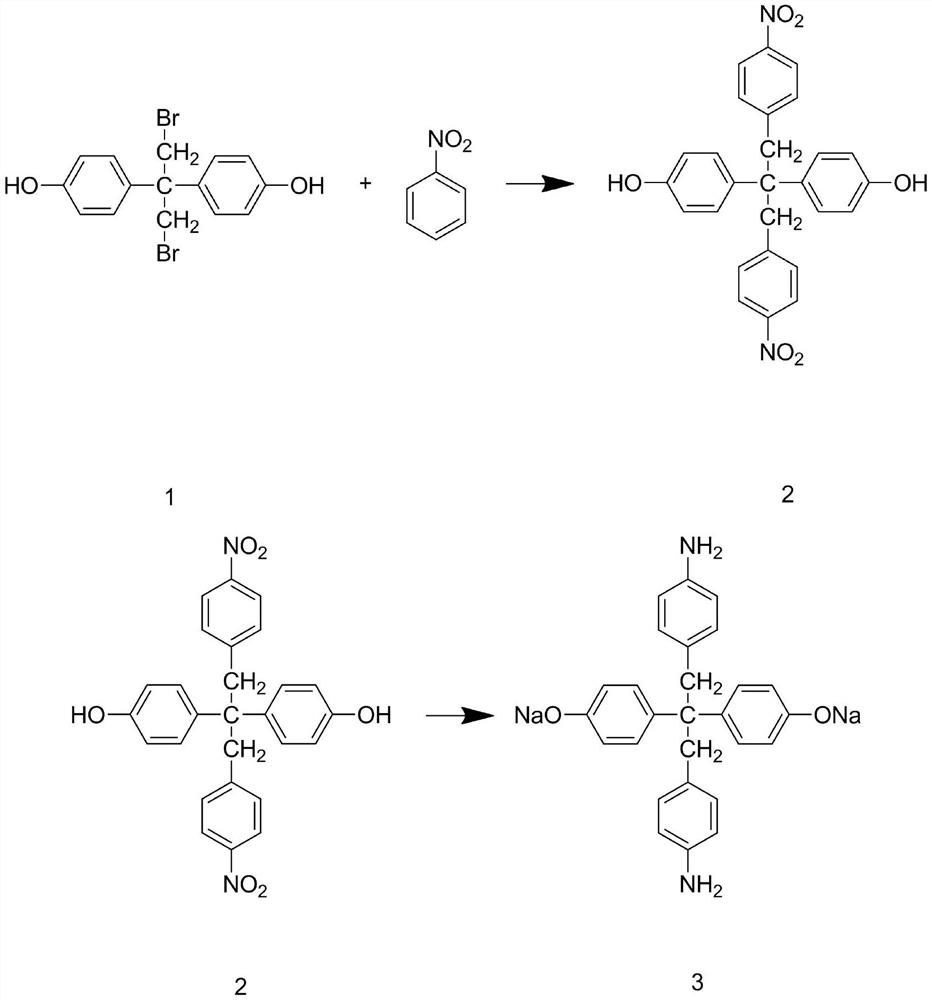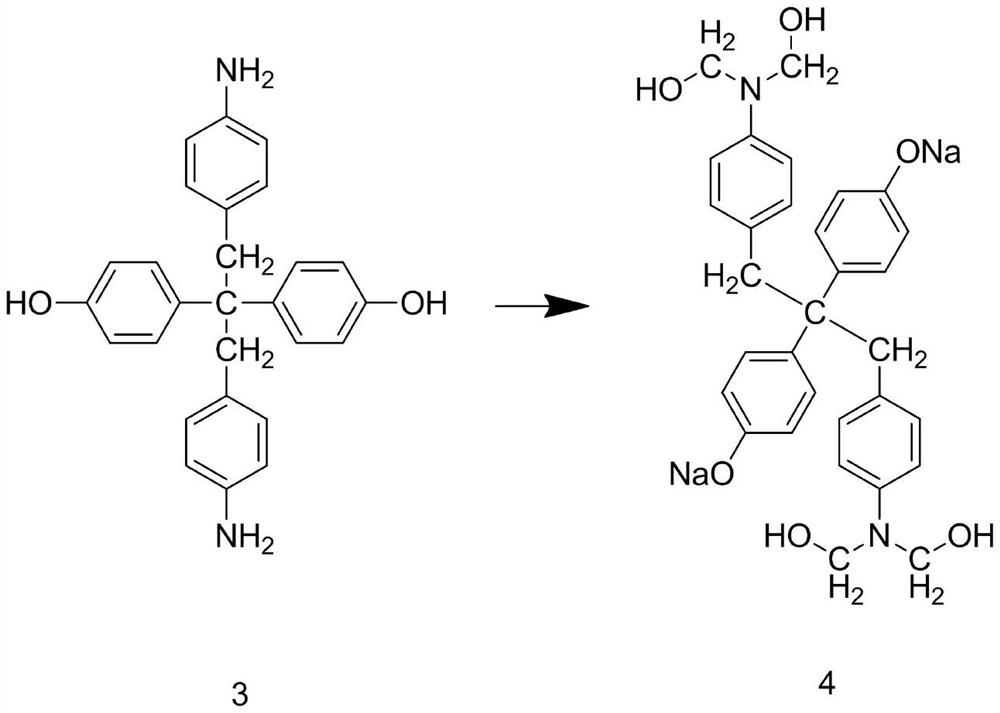Flame-retardant coating for interior decoration and preparation method thereof
A flame-retardant coating and interior decoration technology, which is applied in the field of flame-retardant coatings for interior decoration and its preparation, can solve the problems of coatings losing flame retardancy, and achieve the effect of ensuring flame retardancy
- Summary
- Abstract
- Description
- Claims
- Application Information
AI Technical Summary
Problems solved by technology
Method used
Image
Examples
Embodiment 1
[0039] A flame-retardant coating for interior decoration, comprising the following raw materials in parts by weight: 80 parts of acrylic acid, 1 part of sodium oleate, 0.5 parts of ethylene glycol siloxane, 3 parts of titanium dioxide, 12 parts of talcum powder, 10 parts of kaolin powder, mica 10 parts powder;
[0040] Described flame-retardant coating is made by following steps:
[0041]Step S1: Add half of the amount of acrylic acid, deionized water, nitric acid solution, and flame retardant into the reaction kettle, pass nitrogen gas for protection, add cerium ammonium nitrate aqueous solution, and react at a temperature of 30°C for 8 hours. Remove the filtrate by filtration, add the filter cake, sodium dodecylbenzenesulfonate, and azobisisobutyronitrile deionized water into the reaction kettle, and stir for 15 minutes at a rotation speed of 500r / min and a temperature of 25°C. Under the condition of the temperature of 83°C, the remaining acrylic acid was added after the re...
Embodiment 2
[0051] A flame-retardant coating for interior decoration, comprising the following raw materials in parts by weight: 90 parts of acrylic acid, 1.3 parts of sodium oleate, 0.6 parts of ethylene glycol siloxane, 3.3 parts of titanium dioxide, 14 parts of talcum powder, 12 parts of kaolin powder, mica 11 parts of powder;
[0052] Described flame-retardant coating is made by following steps:
[0053] Step S1: Add half of the amount of acrylic acid, deionized water, nitric acid solution, and flame retardant into the reaction kettle, pass nitrogen gas for protection, add cerium ammonium nitrate aqueous solution, and react at a temperature of 34°C for 9 hours. Remove the filtrate by filtration, add the filter cake, sodium dodecylbenzenesulfonate, and azobisisobutyronitrile deionized water into the reaction kettle, and stir for 18 minutes at a speed of 600r / min and a temperature of 28°C. Under the condition of the temperature of 84°C, the remaining acrylic acid was added after the re...
Embodiment 3
[0058] A flame-retardant coating for interior decoration, comprising the following raw materials in parts by weight: 100 parts of acrylic acid, 1.5 parts of sodium oleate, 0.8 parts of ethylene glycol siloxane, 3.5 parts of titanium dioxide, 15 parts of talcum powder, 13 parts of kaolin powder, mica 13 parts powder;
[0059] Described flame-retardant coating is made by following steps:
[0060] Step S1: Add half of the amount of acrylic acid, deionized water, nitric acid solution, and flame retardant into the reaction kettle, pass nitrogen gas for protection, add cerium ammonium nitrate aqueous solution, and react at a temperature of 35°C for 10 hours. The filtrate was removed by filtration, and the filter cake, sodium dodecylbenzenesulfonate, and azobisisobutyronitrile deionized water were added to the reaction kettle, and stirred for 20 minutes at a rotation speed of 800r / min and a temperature of 30°C. Under the condition of a temperature of 85°C, react for 1 hour, add the ...
PUM
 Login to View More
Login to View More Abstract
Description
Claims
Application Information
 Login to View More
Login to View More - R&D
- Intellectual Property
- Life Sciences
- Materials
- Tech Scout
- Unparalleled Data Quality
- Higher Quality Content
- 60% Fewer Hallucinations
Browse by: Latest US Patents, China's latest patents, Technical Efficacy Thesaurus, Application Domain, Technology Topic, Popular Technical Reports.
© 2025 PatSnap. All rights reserved.Legal|Privacy policy|Modern Slavery Act Transparency Statement|Sitemap|About US| Contact US: help@patsnap.com



